I was first dubious when Wallke presented its Wallke H6 ST folding fat tire electric bike and Wallke H6 e-bike to me. The California-based business was new to me, but after checking out some of its top e-bikes, it seemed like there might be something there.
Search Amazon and you’ll discover several drop-shipped bikes from obscure brands with comparable looks for under $1,500. This is because of the rising popularity of electric bikes. Going the ultra-cheap path, though, may be risky as with everything because cheap batteries and motors can make your ride miserable when they break down.
To Wallke’s credit, it looks that its frames are custom-made, and while its electric bike costs are undoubtedly reasonable, they aren’t dirt cheap either. It alone says nothing specific about their quality, but we test these things because of this.
In my upper midwestern city, I spent the winter riding the Wallke H6 ST, testing them out on slick snow and ice as I wound my way through the streets to run errands and go out. Both are a good bargain for slightly different reasons after two months of using the bikes as my everyday mode of transportation. There are certain limitations worth noting, though, as not every e-bike is suitable for everyone.
| Frame: | 6061 aluminum alloy |
|---|---|
| Motor: | 750W (1300W+ peak) |
| Pedal Assist: | 5 Levels assist |
| Climbing Angle: | 30+ degrees |
| Tire: | 20" x 4" all terrain fat tires |
| Fork: | 20" hydraulic suspension |
| Recommended Rider Heights: | 5'7" ~ 6'4" |
| Brake: | Dual hydraulic disc brakes |
| Battery: | 21AH plus 14AH removable Lithium batteries |
| Charge Time: | 3-4 hours/6-7 hours |
| Bike Weight: | 90 lbs/ 132 kg |
| Folded size: | 43” L x 21” W x 42”H /109cm L x 54cm W x 107cm H |
Wallke H6 ST: Design and Build Quality
The Wallke H6 ST are not likely to place first in any beauty pageants, but they are nonetheless reasonably well-designed bikes. More importantly, the core of both bikes seems really well-built. The strong aluminum alloy frame and the mostly smoothed-out welds where the tubes join show more care than you could find with other, less expensive e-bikes.
One benefit of having the batteries built into the frame is that, thanks to the keyless locks on the side, they are less likely to be stolen. Wallke claims that the bikes can survive rain; I didn’t get the chance to test that claim, but at the very least I didn’t see any water gathering in the battery compartment during my rides on slushy post-snow streets. This allayed my concerns about water ingress.
The Wallke H6 ST has the mount on the top of the downtube, whereas the H6 ST battery mounts on the bottom, making it simpler to insert and remove the battery. You don’t absolutely need to lock it if you don’t want to because there is a clip to hold it in place while you search for your keys to lock it in.
The posture of neither bike is very aggressive. They both have handlebars that are near to you when you ride and have a very upright riding position, which I believe makes them perfect for commuting. I can speak from experience when I say that after a few years of daily commuting, a more aggressive riding position can be brutal on your shoulders, wrists, neck, and back, whereas riding hard enough to negate the pressure that causes those problems can still be detrimental to your knees and hips if you don’t have a properly fitted bike (and even with).
Fortunately, the broad, padded saddles that come with the bike make for a comfortable ride. Even on the saddle of the Wallke H6 ST, there is a little bar that may be used to attach a small bike seat bag if desired.
On Wallke’s website, there are just a few bike accessories available, such as a rear rack, front basket, fenders, extra batteries, chargers, and tail lights. For the Wallke H6 ST, I tested the rear rack and basket, and I was quite pleased with how well-built they were. I also liked how they attached to the frame by bolting right into the top edge of the saddle stays and head tube. Wallke claims that the gorgeous rear rack can handle up to an astounding 90 pounds. The lack of a conventional bicycle brazon positioning, which prevents regular bike racks from working with Wallke’s bikes, is something I don’t like though. Brazons are the connecting points that let you attach items to your bike.
I had a lot of fun with the motorcycles, but I’d be derelict if I didn’t notice the inferior parts that were used all throughout. The derailleur, pedals, cranks, and forks are all either entry-level branded parts, like the Shimano Tourney derailleur and shifter and Zoom forks and brake levers, or they’re unbranded, which frequently means they’re the cheapest you can find. This is likely part of the reason these bikes are so reasonably priced. I could feel the Wallke H6 ST pedals’ bearings rubbing against one another while I pedaled since they have stiff bearings that made them difficult to spin.
Also, using inferior components allows you to rationalize changing them out for ones you prefer. When possible, I would suggest switching the pedals and derailleur, making careful to match the latter with the pre-existing Shimano 8-speed cassette. The seats are also quite comfortable, so I would recommend keeping them until they are worn out. The brakes and fork also functioned adequately, so I would recommend keeping them until they are worn out.
Wallke H6 ST: Motor and Battery
Both bikes have a rear brushless motor hub produced by Sutto, a subsidiary of Bafang, a more reputable and well-known Chinese e-bike hub motor brand. The Wallke H6 ST hub has the biggest variations between the two (apart from the torque sensor stated above) in terms of continuous power, receiving 750 watts. When riding one or the other alone, you might not notice the difference because it is slight enough to be imperceptible when compared side by side.
The bike obviously loses power when loaded in extremely cold conditions—the lowest I rode in was minus zero, though I can’t remember how far below—and the hub motor makes audible noise. But, if you care about the longevity of your battery, Wallke and the majority of e-bike manufacturers advise against riding in below-freezing weather.
Although the Wallke H6 ST has the larger battery out of the two, both have a range of up to 55 miles when using pedal assistance. While I try to keep my batteries charged over 50% if I can, I didn’t ride either bike to exhaustion, but I was able to get roughly a week’s worth of everyday riding at least a few miles before I felt the need to top them off again. From roughly 50%, both batteries fully charged in a couple of hours.
Despite the fact that the Wallke H6 and Wallke H6 ST are both pleasant rides, I rapidly developed a preference for the Wallke H6 ST, which was unexpected given my prior knowledge of foldables. It’s just simpler to swing my leg in the middle than over the Wallke H6 ST’s slanted top tube, which is somewhat due to my aged hips, but it’s also likely a result of lessons the company has learned since the Wallke H6, its first e-bike, was unveiled in 2019.
The step-through design of the Wallke H6 ST also results in a lower center of gravity, which makes it simpler to maintain balance and more enjoyable to lean into turns. The adjustable suspension forks make riding on fat tires, which give the impression that you can roll over almost anything, a pleasure.
But, the Wallke H6 ST folding fat tire electric bike is more comfortable to ride because it has a torque sensor, a feature that is unusual in under $2,000 worth e-bikes. What does a torque sensor for an e-bike do? If you press down harder, it changes the motor’s output to account for the amount of force you’re applying to the pedal. It also won’t catch you off guard by taking off quickly. While the Wallke H6 ST’s basic cadence sensor can take off too rapidly if you’re not ready, pedaling at all can cause acceleration even if you’re not actually powering the wheel, which can feel strange.
When purchasing an e-bike from Wallke, there is a regrettable upgrade option for going over 28 mph. You have the option to choose to travel up to 30 mph with pedal assistance via the app. That is, you can travel farther than the 20 mph the throttle will allow you to go as long as you are pedaling. The 14-tooth cog in the highest gear, meanwhile, isn’t nearly small enough to enable you to quickly reach that speed.
The bikes, in my opinion, were also absolutely safe to ride without the e-assist. With the Wallke H6 ST’s short 165mm cranks, you won’t want to do this in a hilly location without updating the gear, but if you live in a flat portion of the city, it’s not much different than riding a standard bicycle.
The Wallke H6 ST provides a smoother ride overall. But, the Wallke H6 ST is a wonderful and substantially less expensive alternative to the Wallke H6 at $1,999 as opposed to the Wallke H6’s $2179 if you don’t need the extra power, don’t regularly pedal on your e-bike, and prefer a smaller weight.
Wallke H6 ST: Conclusions
See my explanation on why you should buy an e-bike if you’re not sure whether you even want one. The short answer is that they’re a fun, more accessible way to exercise than a regular bicycle, and they’re more convenient than a car in many ways — you never have to search far for parking, there’s almost no maintenance, you don’t need insurance or a license, if the battery runs out you can still go, and the list goes on.
When riding bigger, longer-range electric bikes like these, you’ll immediately sense their weight if you’re coming from the world of conventional cycling. The Wallke H6 ST weighs about 90 pounds when equipped with the battery and without any extras.
Generally, I had a good experience with Wallke’s electric bikes because of their premium features and sturdy construction. Both of these bikes can be purchased for about $2,000 and have great build quality. For some reasons that are clear, but others that are less so, I rapidly discovered that I preferred the Wallke H6 ST over the Wallke H6.
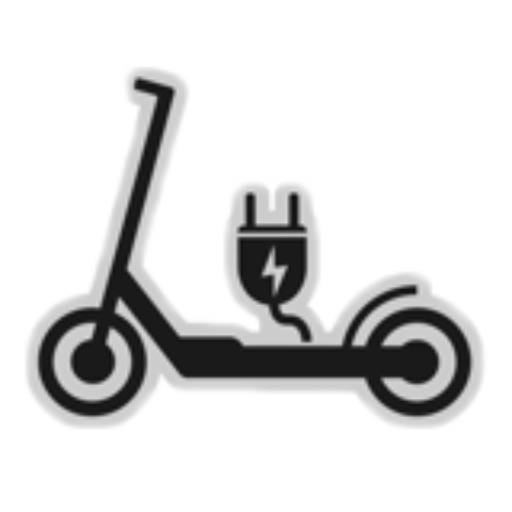

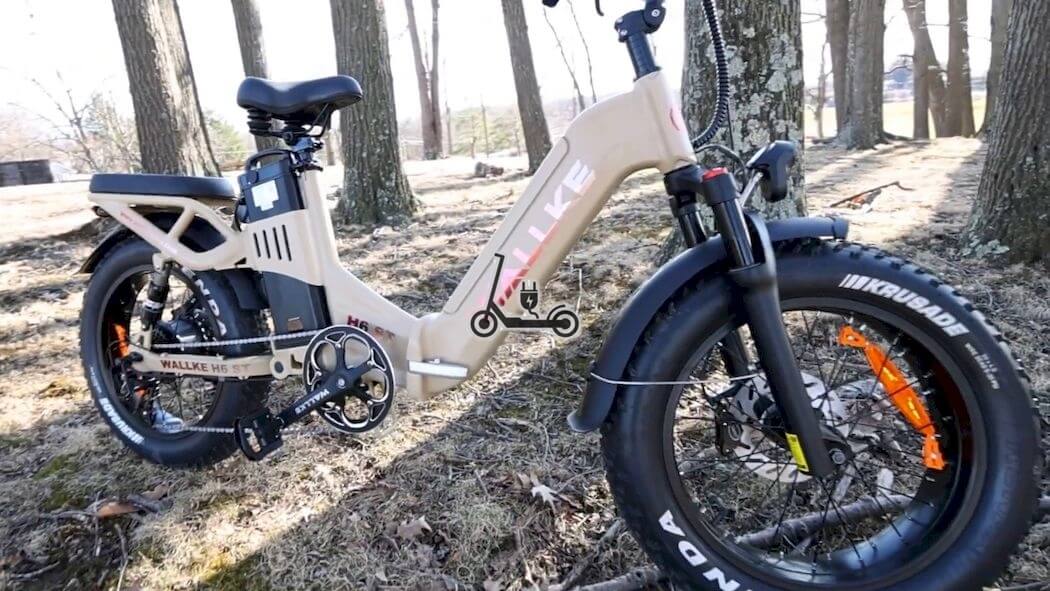
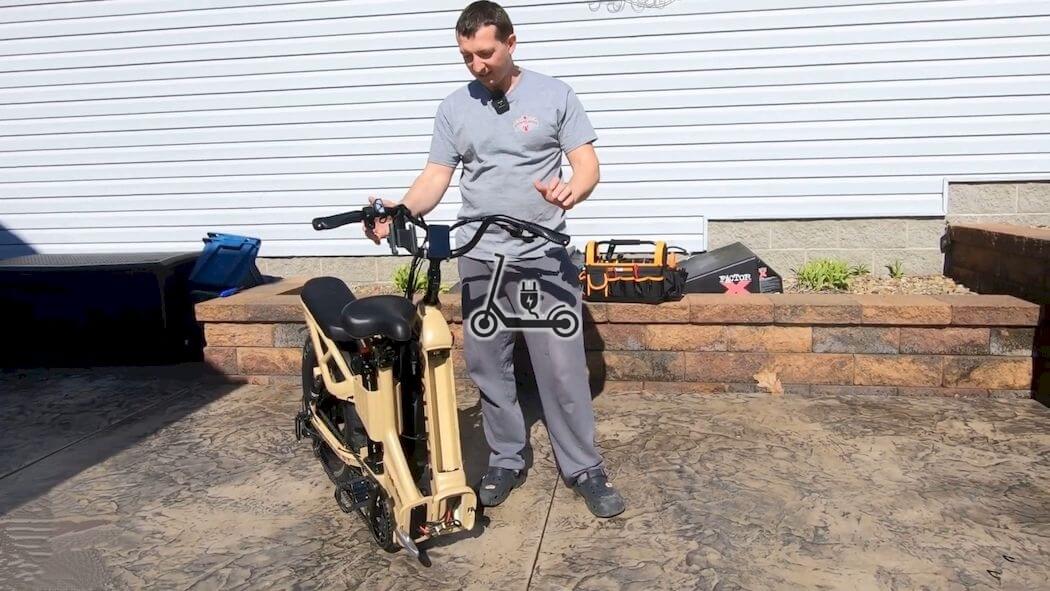
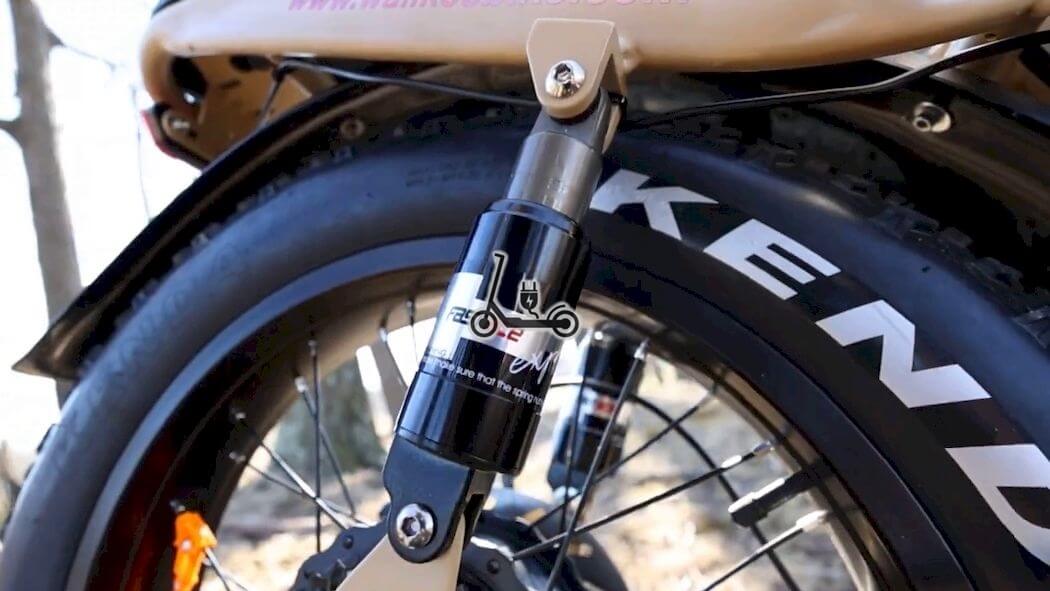
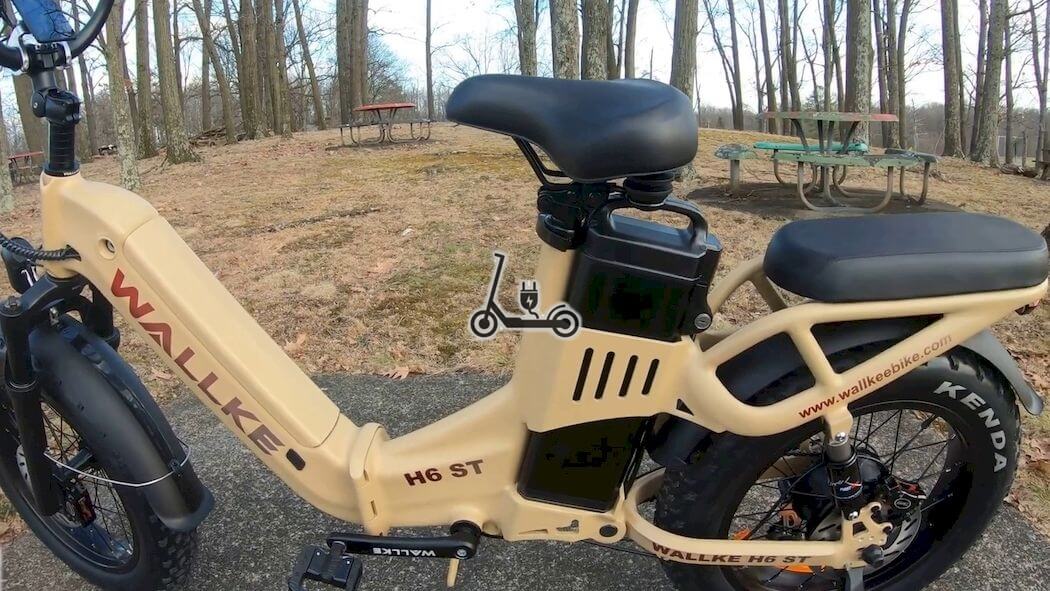
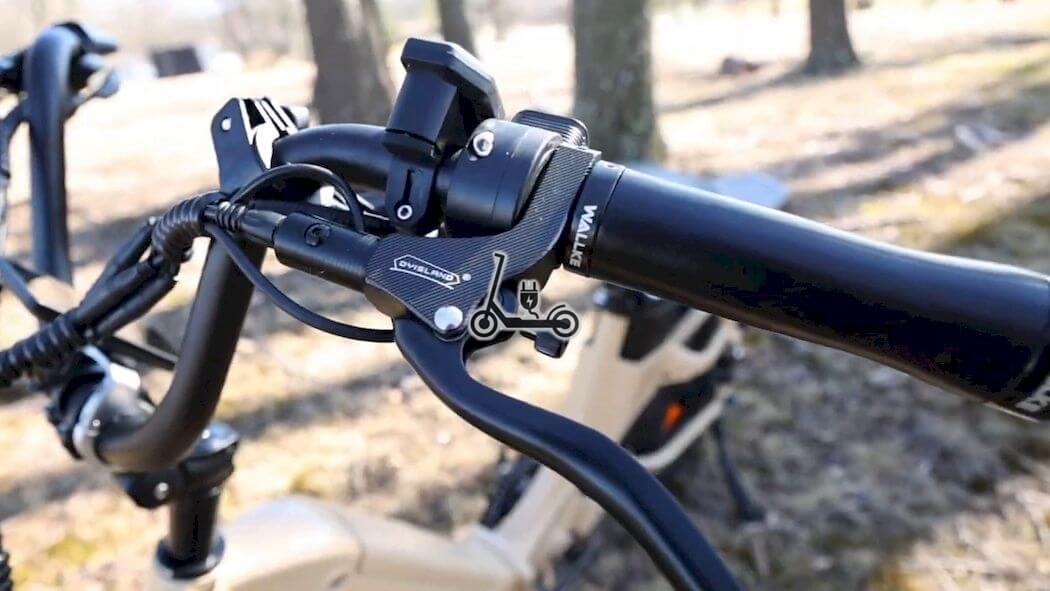
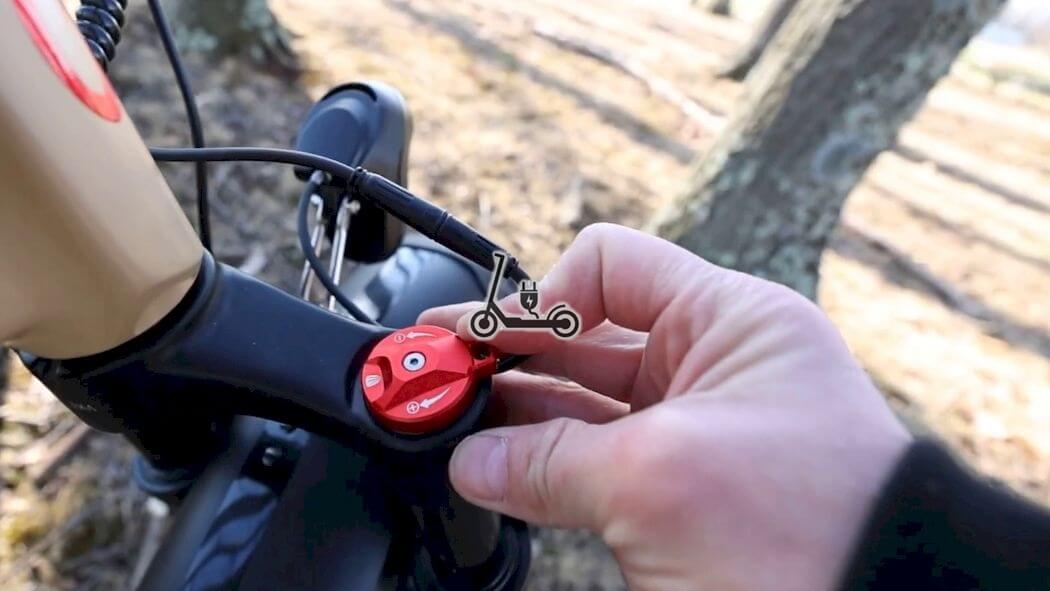
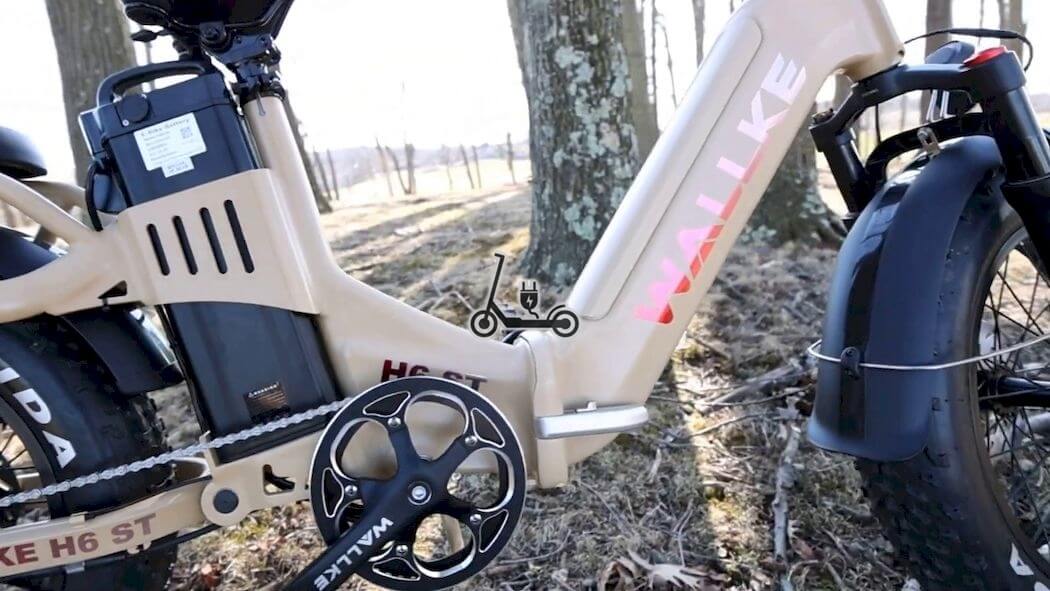

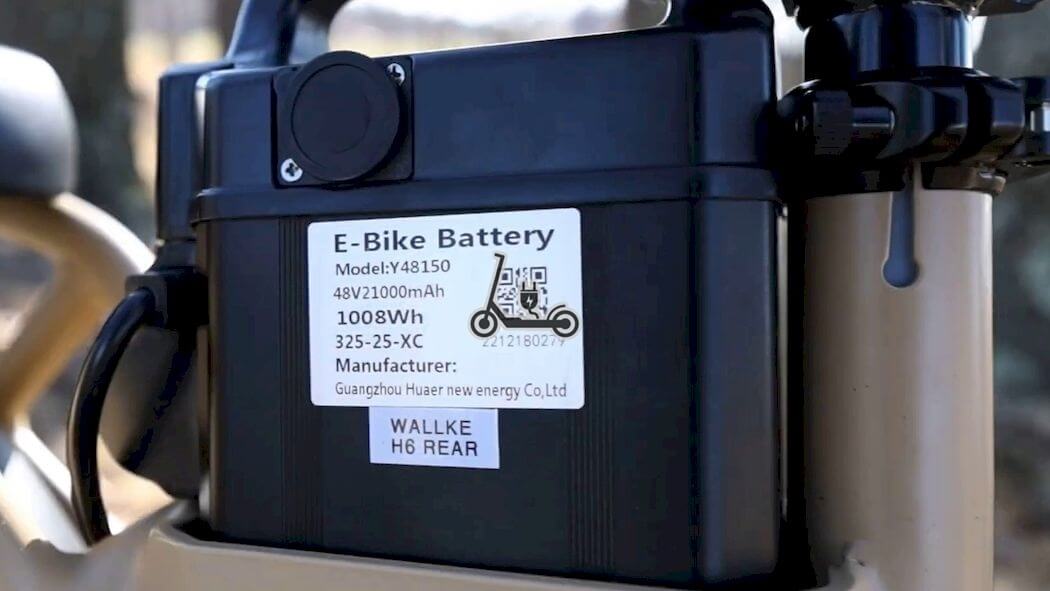
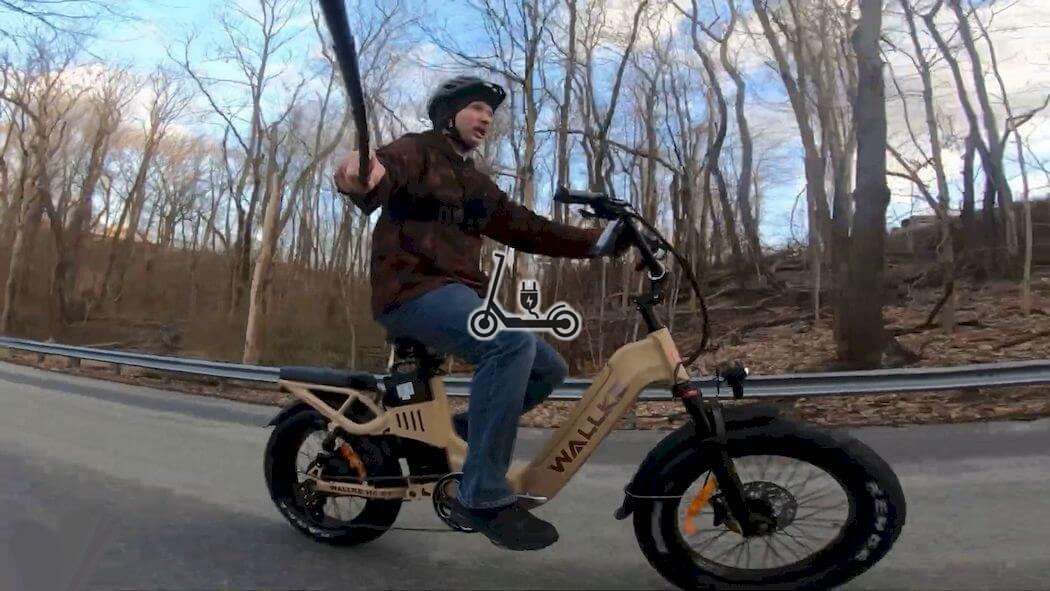

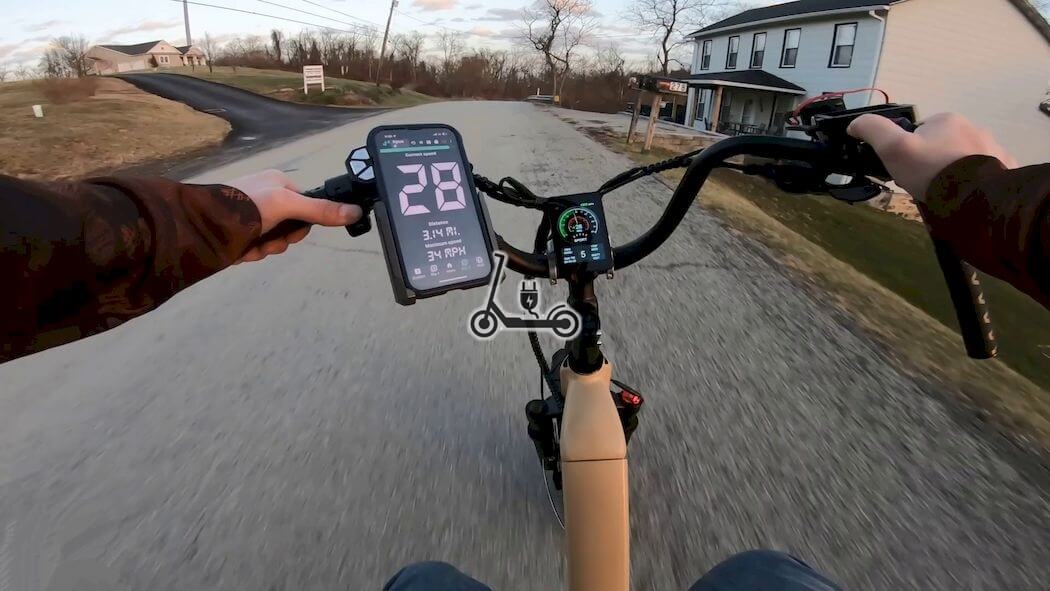




Does the 2023 Wallke H6 ST really have a torque sensor and a cadence sensor??